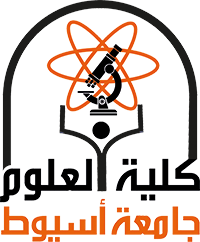A major number of sulfur compounds including derivatives of thiourea is medicinally important agents and metal
complexes of thioureas are often more medicinally active. Monoisopropylamine and m-toluidine, as aliphatic and
aromatic amines, were used to prepare monodentate thiourea ligands [1-isopropyl-3-phenylthiourea (L1) and 1-
phenyl-3-m-tolylthiourea (L2), respectively] and single crystals of cobalt complexes incorporating these ligands
were also isolated. These tetrahedral complexes, [Co(L1)2Cl2] and [Co(L2)2Cl2], were demonstrated in different
lattice packings (orthorhombic and monoclinic, respectively). To characterize the antibacterial patterns (percent
growth inhibitions and percent viability inhibitions) of these compounds, the activities of dimethyl sulfoxide
solutions (50–200 μg/ml) of them against Gram negative bacterial strains (i.e., Klebsiella pneumoniae, Pseudo-
monas aeruginosa and Serratia marcescens) were determined. Chloramphenicol (CHL) was used as the commercial
standard. At 200 μg/ml, the complex Co-L1 inhibited these bacteria by 94.9, 92.2 and 69.8 % and Co-L2 inhibited
them by 86.0, 87.0 and 78.3 % (92.1, 86.6 and 72.3 % by CHL), respectively. Furthermore, [Co(L1)2Cl2] and [Co
(L2)2Cl2] offered bactericidal action with 100 % viability inhibition against Klebsiella pneumoniae, but the action
was bacteriostatic with 72.3–96.2 % and 84.4–96.9 % viability inhibitions against Pseudomonas aeruginosa and
Serratia marcescens, respectively.
Research Abstract
Research Date
Research Department
Research Journal
Inorganic Chemistry Communications
Research Member
Research Publisher
َ@ ELSIEVER
Research Rank
International Q1
Research Vol
181
Research Year
2025
Research Pages
115143

